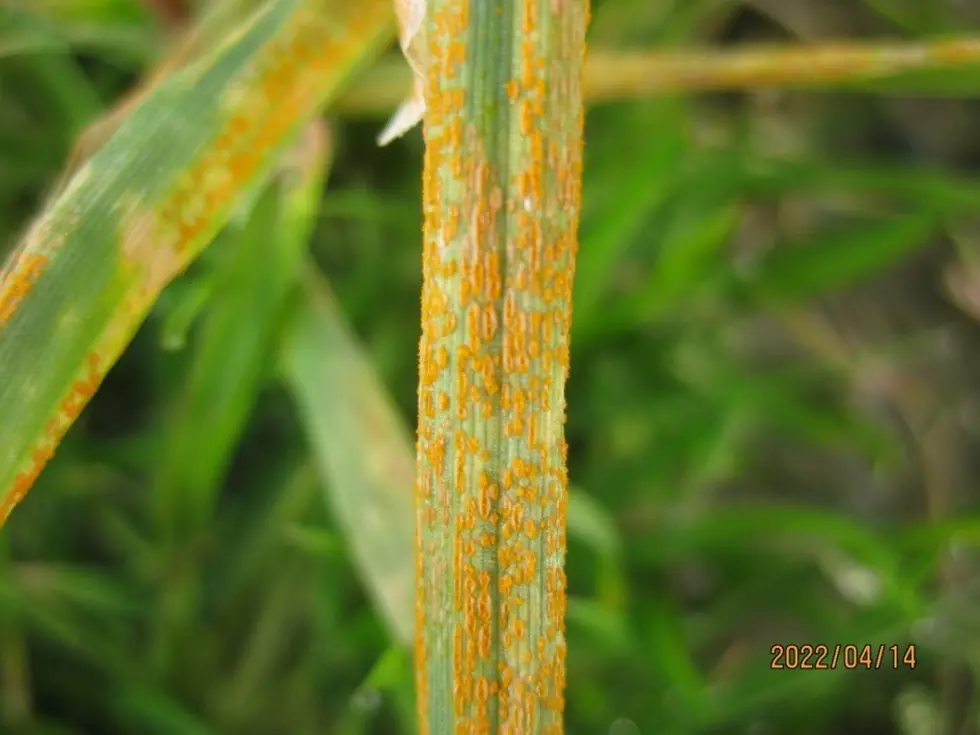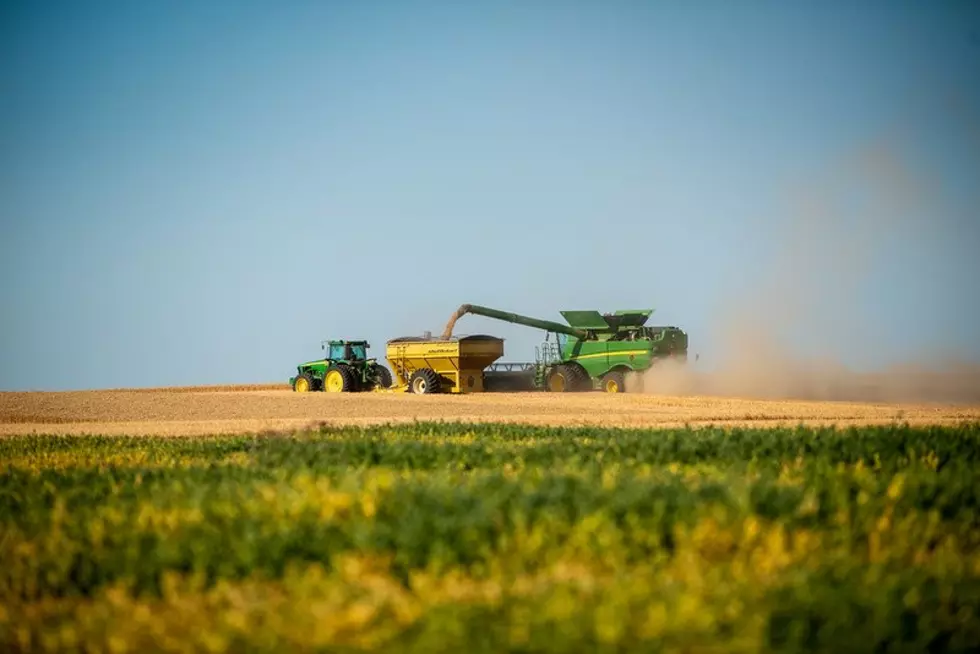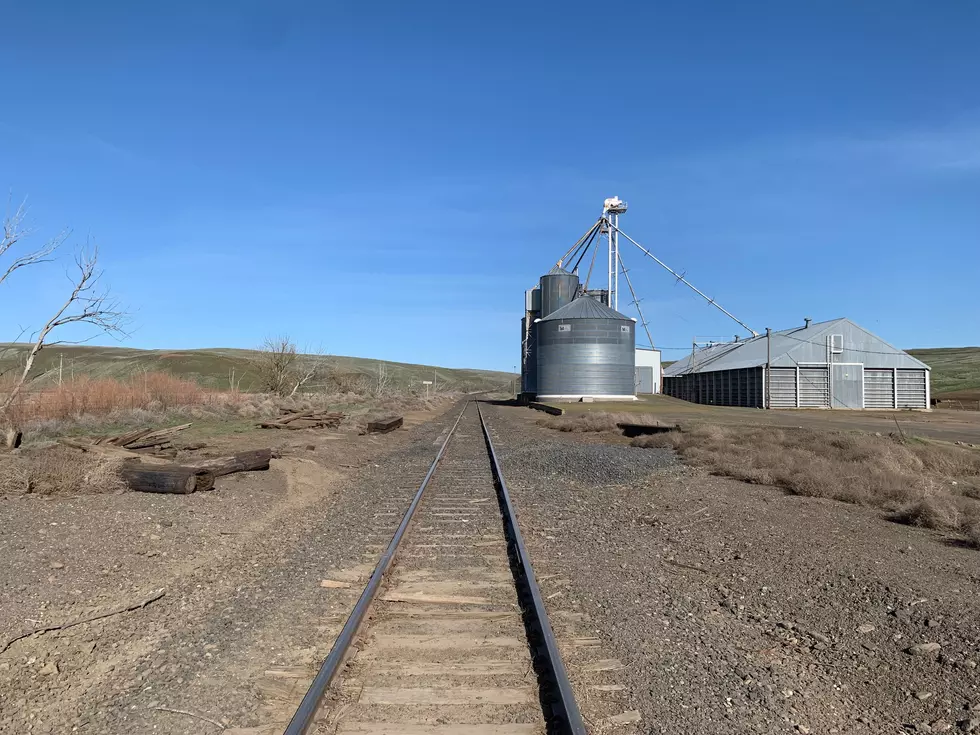
Northwest Wheat Growers Told To Prepare For Stripe Rust In 2023
According to the latest numbers from Washington State University, stripe rust is forecasted to be in the moderate epidemic level in the eastern Pacific Northwest, which means 20-40% yield loss in the 2023 growing season. Those estimates come from predication models using the weather data from November 2022 to February 2023.
The models predicted highly susceptible varieties to have 37% yield loss with a standard deviation of 16%. This value is higher than the 21% forecasted in January based only on the November-December weather conditions. According to the current prediction, susceptible and moderately susceptible commercially grown varieties will likely have 7 to 27% yield losses, or 6% yield loss on average for commercially grown varieties. So far, stripe rust has not been found in eastern Washington fields.
WSU researchers add stripe rust will likely have a relatively late start in the eastern Pacific Northwest. As stripe rust has not been found and the disease is likely to have a late start, WSU researchers said fungicide application is not recommended in the early growth season at the time of herbicide application for winter wheat, unless stripe rust is observed in the fields. Fungicide application may be needed later in the flag leaf stage for fields planted with moderately susceptible and susceptible varieties (stripe rust ratings 6 – 9). Winter wheat varieties with stripe rust ratings 1 – 5 may not need fungicide application. For spring wheat, resistant or moderately resistant varieties (stripe rust ratings 1 – 5) should be selected for planting.
By this time of the year, stripe rust is expected to occur in western Washington as always. In the country, stripe rust has been reported so far only in Texas.
If you have a story idea for the PNW Ag Network, call (509) 547-9791, or e-mail glenn.vaagen@townsquaremedia.com
More From PNW Ag Network









